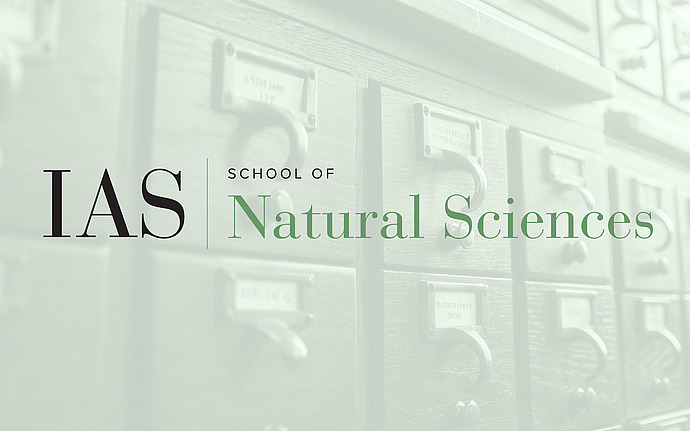
IAS Physics Group Meeting
Harnessing S-duality in N=4 SYM and in Gravity
This group meeting will be presented in-person in Wolfensohn Hall at the IAS and on Zoom. The Zoom link will be provided in the email announcement.
For contact-tracing purposes all off-campus attendees must register for this seminar:
REGISTRATION FORM
All in-person attendees must be fully vaccinated, and masks are required in all indoor spaces (except while actively eating). Additionally, all off-campus attendees are required to upload proof of vaccination via the IAS CrowdPass App .
Abstract: I will describe an approach to extracting the physical consequences of S-duality of four-dimensional N = 4 super Yang-Mills (SYM) and its string theory dual based on SL(2,Z) spectral theory. I will show that processing S-duality in this way leads to strong consequences for the CFT data, both perturbatively and non-perturbatively in all parameters. In large-N limits, I will argue for the existence and scaling of non-perturbative effects, both at large N and at strong 't Hooft coupling. An elegant benchmark for these techniques is a certain integrated stress-tensor multiplet four-point function, whose form I will elucidate. I will explain how the ensemble average of CFT observables over the N = 4 supersymmetric conformal manifold with respect to the Zamolodchikov measure is cleanly isolated by the spectral decomposition, and will show that the large-N limit of the ensemble average is equal to the strong-coupling limit of the observable in the planar theory, which is its value in type IIB supergravity on $AdS_5 x S^5$. This embeds an emergent averaged holographic duality within the conventional holographic paradigm.